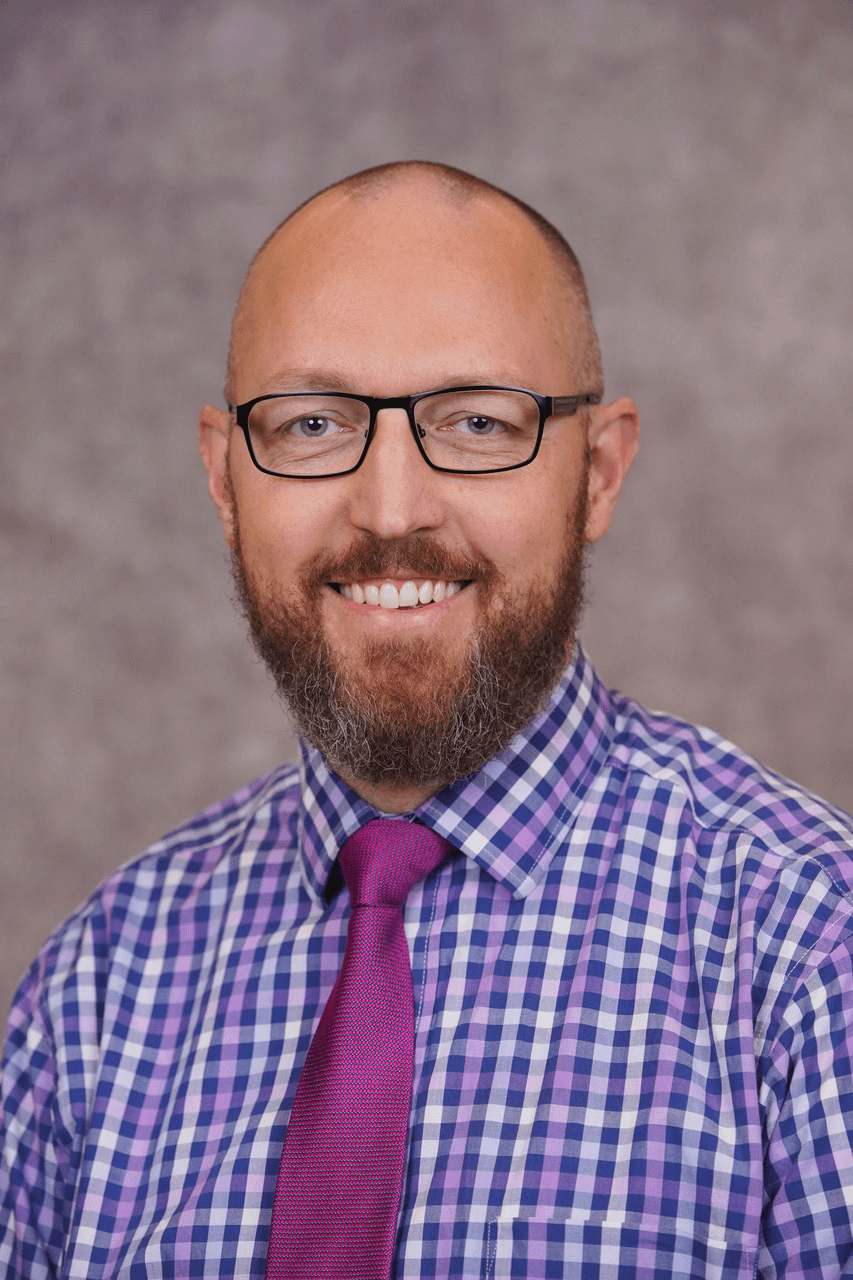
At the time of writing, there are seven Oral and Maxillofacial Radiology (OMR) residency programs in the United States—University of Washington (UW), UCLA, University of Texas Health Science Center at San Antonio (UTHSCSA), University of Iowa, University of North Carolina, University of Connecticut, and University of Florida—plus one in Canada at the University of Toronto. When I applied, Florida’s program was brand new, bringing the U.S. total from six to seven. Just a few years earlier, there were only four, with UW in its third year and UCLA in its second. Unlike many dental specialties, OMR programs don’t participate in the MATCH process—at least, none of the ones I applied to did. For the most current list of programs and requirements, the American Academy of Oral and Maxillofacial Radiology (AAOMR) website is the best resource.
Applying from Alaska, where I was a military dentist, posed challenges. Travel costs added up quickly, so I narrowed my applications to the four programs closest to Alaska and our extended family: Iowa, UTHSCSA, UCLA, and UW. Each offered a unique experience, and after interviewing at all four, I felt confident I’d have thrived in any of them. Here’s a glimpse into that process.
Iowa was the first to invite me for an interview, hosting me for three days to explore the program. Drs. Ruprecht and Allareddy stood out immediately—warm, approachable, and dedicated. Dr. Ruprecht’s classic, engaging teaching style promised a rich learning experience, while Dr. Allareddy ensured residents mastered board material and gained hands-on exposure to cone-beam CT and emerging tech. The University of Iowa’s hospital was vast and impressive, though the dental school was under renovation at the time, which meant some logistical shuffling for residents. Still, their hospitality left a mark—they extended an offer and graciously waited for my final decision until after I’d heard from UW.
Next came UTHSCSA. San Antonio surprised me—I enjoyed it more than expected. The program was solid, but they didn’t accept me. Their loss, I suppose.
UCLA followed. Dr. Mallya was prompt and welcoming in our correspondence, and I’d even visited the year prior during a family Disneyland trip. The program impressed me—the faculty, the facilities, and that California weather (a stark relief from Alaska’s December chill). Having Dr. Stuart White on the team was a standout draw. When Dr. Mallya called with an acceptance, I had 24 hours to decide. It was a tough call, especially with Iowa’s offer already in hand, but I wanted to hold out for my UW interview the next month. After weighing it, I declined UCLA—a hard choice.
Finally, I interviewed at the University of Washington. Seattle had always been my top pick, even before I knew the programs. It’s closest to Alaska, near friends and family, and the climate seemed ideal—though I underestimated the summer heat. The stipend was unmatched, too. We settled across the lake from campus, a good fit despite the traffic, which I’d sworn off after dental school in Boston. Public transit? Not my favorite, but here we are.
Each program had its strengths, and the process taught me plenty about what OMR offers. For anyone considering this path, geography, faculty, and timing all play a role—start with the AAOMR site and go from there.
